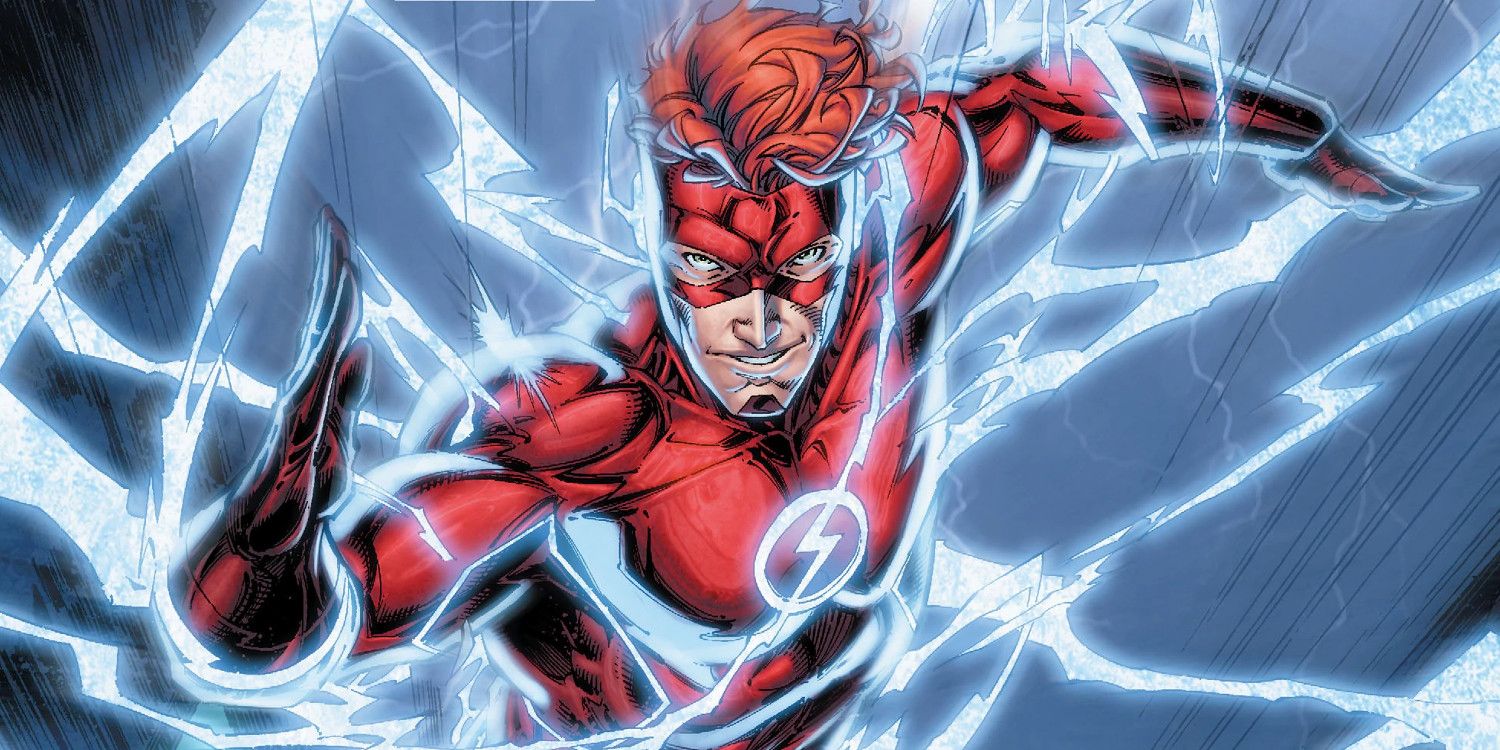Before the revelation of the Speed Force’s existence, the Flash was a version of Marvel’s mutants. Over the course of the character’s 80-year history, the nature of the Flash’s powers has been tweaked, with each new generation of creators leaving their mark. Perhaps the biggest came during 1988’s Invasion event, which revealed the existence of the metagene, the source of the powers for not only the Flash but many others as well. The Flash’s powers were originally genetic, and as seen in 1991’s Flash Annual #4, only he can have them.
DC’s metagene serves the same function as mutation in the Marvel Universe, but with some slight differences. Like mutation, the ability is inherent thanks to the metagene, but unlike mutations, which tend to appear in puberty, the metagene has to be triggered by some traumatic event–in the case of the Flash, being bathed in chemicals after being struck by lightning. Not every hero had the metagene, but it served as a great explanation for how some got their powers.
In Flash Annual #4 by Mark Waid, Chris Brasfield, and Andrew Pepoy, writer Waid takes the metagene concept and runs with it, showing why Wally West is unique. The annual was part of that year’s Armageddon 2001 crossover, which explored the DC Universe of then in the future 2001. In 2001, Wally and his wife were living in Witness Protection under new names; they were forced to relocate after testifying against Diogenes, a philanthropist billionaire turned criminal, who threatened their families. In this future, the two have a son named David, who has inherited Wally’s speed powers. Wally has little time to process this, as his son is abducted by Diogenes, now an old man. Diogenes sends out agents, such as Paradox and the Golden Glider, with special weapons that sap bits of Wally’s speed power, and then transfers it back to Diogenes’ headquarters. There, he plans to bestow the powers upon his son Matthew. Diogenes is successful on this front, but once he transfers the power to his son, it proves too much for Matthew, and he dies. As Wally West, now out of Witness Protection, watches Matthew die, he surmises that Matthew did not have the genetic makeup, or metagene, necessary to harness the speed powers.
The Flash's Origin Has Evolved Over Time
Tweaking a superhero’s origin story is nothing new; it is necessary in some cases to keep the character fresh and the Flash is no different. The metagene was simply the next step in the evolution of the character, much in the same way the Speed Force would be when it was introduced a few years later. The metagene was an attempt on DC’s part to make a more scientifically-plausible origin for some of its superhero characters. Over the years, as origin stories continue to grow and evolve, the metagene quietly slipped into the background, although the term derived from it, “metahuman,” is still in use. Even though the metagene has fallen by the wayside, it still remains one of the best ways of explaining superpowers in the DC Universe, and in the Flash’s case, his metagene may simply make him an ideal conduit for the Speed Force. Whatever the case, Matthew Diogenes did not have it, and as a result, he was killed by the speed powers–perhaps the Speed Force saw Matthew’s true character and refused to give him powers?
Although Flash Annual #4 was written by Speed Force creator Mark Waid, the annual was only his second outing with the Flash; his groundbreaking run on the character’s solo title had yet to commence. Under Waid, the Flash would evolve even further with the introduction of the Speed Force, and unlike the metagene, this origin has stuck, and become the standard. But before the Speed Force existed, the Flash was not unlike the mutants of the Marvel Universe.


